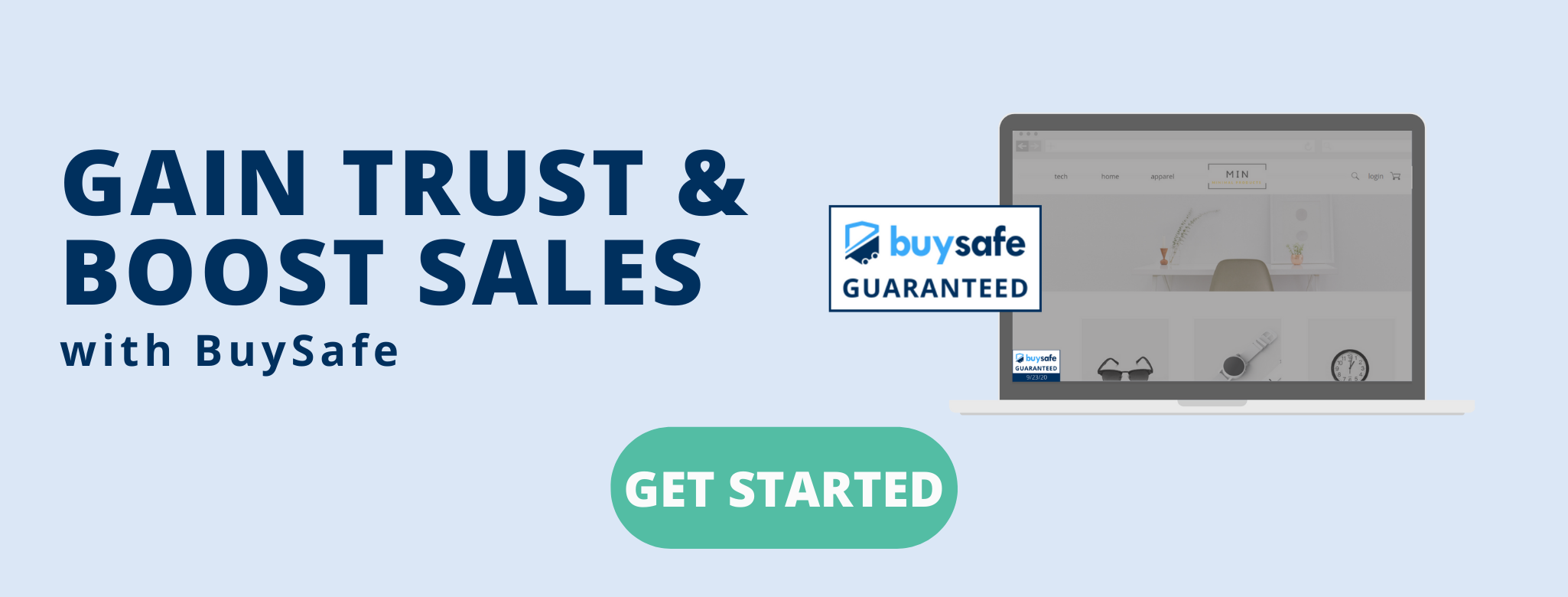

For the latest on ecommerce tips and best practices.
How to Navigate the Global Shipping Crisis as an Ecommerce Business

Ecommerce brands are in the middle of the worst global shipping crisis of recent years. Pandemic lockdowns, bottlenecks in ports, and reduced container capacity are all having an impact. Costs are up fourfold from just a year ago, and many small ecommerce businesses are bearing the brunt of high prices and long delays.
As the global shipping crisis continues with no end in sight, how can ecommerce brands keep customers satisfied? We take a look at how some ecommerce stores are navigating the shipping crisis and working to improve customer satisfaction.
Honesty is the best policy
It's holiday shopping season, when unfulfilled orders can have a major impact. Nothing will cost you customer loyalty faster, even if supply chain disruptions are out of your control. Don’t become the ecommerce store that ruins Christmas. Instead be honest with customers about when you expect inventory to be in stock, and factor in extra lead time to account for last-minute delays.
Remember that container ports are currently facing a record backlog of ships waiting to dock. But even after your container arrives, there’s no guarantee your inventory will reach you — or your customers — in a timely fashion. The U.S. is also experiencing a shortage of truck drivers, overwhelmed railyards, and slower mail service standards. All of which can impact your lead times.
If your ecommerce store relies on goods imported from overseas, there are some steps you can take to safeguard your inventory. First, ensure you’re filling your container. Flexport says the average container ships at only 70% capacity. And place purchase orders at least two months earlier than usual to compensate for delays. But if the worst happens and your inventory ends up stuck due to the global shipping crisis, let your customers know.
Reprioritize your inventory
Many small ecommerce businesses are feeling the squeeze hardest on their best selling items. While being out of your top seller is bad news, it doesn’t have to be a disaster. Instead take the opportunity to promote the items you do have in stock. This can help you move slower inventory and save costs on warehousing, reducing your overheads and lowering your bottom line.
Check your store automations to avoid promoting low or out of stock items. And consider redesigning your store if you usually focus on an item that’s proving hard to source. Diversifying can help sustain your business through the global shipping crisis and put you in a better position on the other side.
Finally, prioritize your highest impact items when you do place purchase orders. Consider factors like margins and lead times as well as gross sales. Identify the products that deliver the greatest return on your investment. If you have to streamline your inventory, increase your purchase orders for the highest impact items.
Diversify your supply chain
Ecommerce businesses should reduce the steps in their supply chain to reduce the impact of the shipping crisis.
Competition for container space is fierce. Many carriers are giving priority to the highest volume retailers like Walmart and Costco. Ecommerce stores that only ship a fraction of top retailers’ volume are finding their orders left behind. One way to skip ahead is by auditing your supply chain to find the cause of delays.
Switching to air freight is an increasingly realistic possibility for many. Historically, air cargo has been up to 12 times more expensive than ocean shipping. But despite price increases across the board, the gap between air and sea is narrowing. That makes shipping by air a viable alternative to ocean freight that can keep your inventory moving.
Moving manufacturing closer to your customers can also reduce steps in your supply chain. Look for warehousing and fulfillment centers close to your manufacturing hubs. If you sell internationally, consider creating regional loops to cut down on supply times. Working with several suppliers can reduce delays and avoid local shutdowns and disruptions.
Look after your existing customers
In lean times, it’s more cost effective to focus on your established customers than to attract new ones. Your existing customer base is familiar with your store and products and trusts your business. They're also more likely to remain loyal through supply chain disruptions caused by the global shipping crisis. And reaching established customers is much cheaper than outbound marketing to new ones.
Orders might be down, but revenue doesn’t have to be. Raise your order value by cross-selling and upselling existing products in your store. Consider digital offerings as well, such as downloadables and gift cards. If your must-have product won’t be available for the holidays, a gift card captures the revenue for when it is.
Being honest with customers about potential delays should reduce cancellations. But if a customer does want to cancel an order, make it easy for them to do so. This increases buyer confidence and improves customer satisfaction. And that makes it more likely a customer will return when you do have the item they want in stock.
To keep other overheads low, review your product listings, especially any with a high return rate.
Give your buyers all the information they need to make an informed purchase and reduce the number of returns you have to process.
Go local, not global
Another impact of the shipping crisis is the reduced demand for American exports. Carriers are rejecting American exports in favor of sending empty containers back to China. According to data from the U.S. Bureau of Economic Analysis, the U.S. goods and services deficit is up 33.7% in 2020. That means American-made products are struggling to find a market.
The drop in exports makes this a good time to strike new manufacturing and supply agreements. A localized approach to sourcing inventory is beneficial for several reasons. It helps sidestep the global shipping crisis, but can also boost business in other ways. American buyers prefer American-made products, and they'll pay up to 20% more for them!
Improve customer satisfaction with a shopping guarantee
With the global shipping crisis shaking consumer confidence, there’s never been a better time to cover your customers by investing in an ecommerce guarantee. The BuySafe trustmark on your site tells customers that their order is protected by an independent third party, no matter what happens.
Get started today with a 14-day free trial.
Stay in the know
Subscribe to the buySAFE blog and receive the latest in ecommerce best practices.



